This article discusses chin-ups and the exercises you can do on a chin-up bar. Throughout this article we will be discussing several things such as the muscles activated by doing chin-ups, the difference between chin-ups and pull-ups and how chin-up bars work for both indoors and outdoors. We will start by looking at what chin-ups are and how to perform them. Then, we will highlight several chin-up exercises and chin-up bar options.
What are chin-ups?

Chin-ups are one of the best strength training exercises you can try out. It can be a great option for building strength in both your back muscles and biceps. Similar to pull-up exercises, chin-ups also require a chin-up bar to perform the exercise. A chin-up essentially means lifting your body up with your own strength to the point where your chin is on top of the bar. This last part is essential for completing a chin-up. Failing to get your chin past the bar should not count as a rep. The exercise can be demanding if you are not ready for it. In fact, chin-ups are a great way to determine your current level of strength.
Which muscle groups are trained with chin-ups?

Now that we have a better idea of what chin-ups are, let’s take a closer look at the muscle groups that are trained when doing chin ups. As mentioned before, chin-ups will improve your back muscles and biceps for the most part. Your lat muscles are also activated when doing this exercise. Of course, depending on your grip width you can expect slightly different results in terms of the muscles being worked on and how they are affected. A short width for example will impact your biceps much more than a wide grip. If you wanna know more about the muscle groups that are trained when doing chin-ups/pull-ups, we recommend you our article Pull-Up muscles - Which muscles are used during Pull-Ups.
Chin-ups vs. Pull-ups – Where's the difference?
Although they look like similar exercises, pull-ups and chin-ups are not the same thing. One of the key differences between chin-ups and pull-ups is the bar grip being used. With regular pull-ups one would mainly use an overhand grip. With chin-ups however, an underhand grip is more suitable for completing the exercises. In addition to the grip, strength is also a point of difference. With chin-ups you can expect to build more strength in your biceps compared to pull-ups. See also our article Pull-Ups vs. Chin-Ups: How are they different and which is better?
Pull-ups

Chin-ups

This brings us to the bar being used. In essence, it is possible to use a pull-up bar for both types of exercises given their similarity. However, there are specialized chin-up bars available that are made specifically for the exercise.
What exercises can I do on a chin-up bar?
Close grip chin-ups & wide grip chin-ups

As mentioned before, it is quite doable to do chin-ups using both wide and closed grips. A closed grip would mean grabbing the chin up bar using an underhand grip at shoulder width. This would place more focus on your arms and biceps. A wide grip on the other hand would mean extending your arms more for a wider position, requiring more effort from your lats and back muscles.
Leg raises

Doing leg raises on a chin-up bar means doing a advanced chin-up exercise. It requires you to hold your body up with a very strong grip on the bar in order to perform the exercise. While holding the bar, bend your knees a little and lift your legs up as high as you can. Lower them back down and do a couple of reps to complete a set. Note that leg raises on a chin-up bar will activate your abdominal muscles as well so make sure to take this into consideration.
{article numbers="<P-00062>"}
Toes to bar

This exercise can be done by combining regular chin-ups and leg raises so that your toes are getting to the bar. While on the bar, lift your legs upwards as a means to touch the bar with your toes. It is an undoubtedly challenging exercise that requires time to master. A quick tip would be to add some swinging motion as you’re switching from the chin-up to the leg raise. Such body momentum can help in performing the exercise in the beginning, however we recommend lowering back down and touching the floor with your toes as a reset before making the switch, thus activating your muscles more.
Frontlever & backlever on a chin-up bar

If you want to add some more spice to your workout exercise you can try doing front and backlevers on a wall mounted chin-up bar. For a frontlever, your starting position should be an inverted hang on the bar. Using an underhand grip, slowly lift your legs up. The challenging part is to slowly lower your body back down by keeping yourself balanced on the bar, using your shoulders for balancing out the weight from your legs.

For backlevers on the other hand we recommend taking precautions, as it can be a dangerous and very demanding exercise to perform. While hanging on the bar with an overhand grip at shoulder width, lift your legs up and place them in the space between your arms, back and the bar, essentially having you in an inverted position with your hands still gripping the bar firmly and your head downwards, facing the ground. The idea is to slowly lower your legs down to the lowest point possible and to then raise them back up and in between your arms to get back to your starting position. As indicated, it is a very challenging exercise that requires a lot of practice. Making use of safety gym mats for catching your landing in case you suddenly need to let go is highly recommended for beginners.
Muscle-ups

Doing muscle-ups on a chin-up bar is also an interesting variation exercise you can do. Simply grab the bar and pull your body up as soon as you swing backwards, which helps you to pull up and be able to transition to doing a dip on the bar. Lower yourself back to the starting position to complete a single rep.
Dips

A proper chin-up and dip bar can also be used for doing dips. Before getting started however, make sure the bar is properly mounted as safety comes first. Perform a set of dips afterwards and adjust the bar whereas needed.
Chin-up bar for door and doorway

Where you work out is always big decision. With chin-up bars, you can choose to make use or a door or doorway by mounting the bar on a doorframe for example. An advantage of this is that it is easily accessible. Most of us have a door or doorway in our apartment going to the bathroom for example. Using a doorway also gives you the space need to perform some of the exercises we just covered. On the downside however, doors and doorways are notorious for having mounting issues. The stability of the bar is essential for being to perform any kind of exercises on it. As such not all doorway frames or doors will be useful for mounting your chin-up bar. Purchasing one of these bars will cost you anywhere between EUR 20 and EUR 100.
{article numbers="<P-01010>"}
Chin-up bar for home (wall/ ceiling) and outdoors

An alternative chin-up bar is one that can be mounted on the walls or a ceiling of your home. This requires some additional effort to set up but if done properly, you can be certain of the bar being safe and ready to use. The prices tend to be slightly higher than regular chin-up bars, but expect to see tags ranging between EUR 40 and EUR 150. Our very own Pull-up and Dip Bar can be a perfect solution if you are looking to train indoors or outdoors (in a park for example). The technology behind our Pull-up and Dip Bar ensures that you are able to mount the bar safely on a wall or even on a tree outside if needed and perform a very large variety of pull-up bar exercises.
Can I build muscle with chin-ups?
In addition to strengthening you muscles, it is also possible to build muscle by doing chin-ups. Using short width grips on the bar will activate your biceps more, which will build much more compared to a regular pull-up for example. Depending on the variations you take on, you can also build your lats, back and abdominal muscles with sufficient exercise and commitment.
So there you have it! A chin-up bar can be used for a variety of chin-up exercises that stimulate various muscle areas. We recommend taking on exercises which you can perform with little to moderate difficulty before taking on very challenging ones to avoid any unwanted physical injuries. To get a good start, feel free to try out our Pull-up and Dip Bar and experience a world of possibilities.
Are you looking for a suitable chin-up bar for indoors & outdoors? We at Pullup & Dip offer you various high quality and unique chin-up bars. Go check them out now!

Do you want to do more pull-ups?
Recommended articles:
Pull-ups for pros - 10 more advanced pull-up variations
8 Different Grip Positions for Pull-Ups
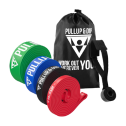
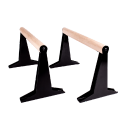
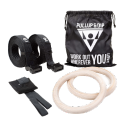


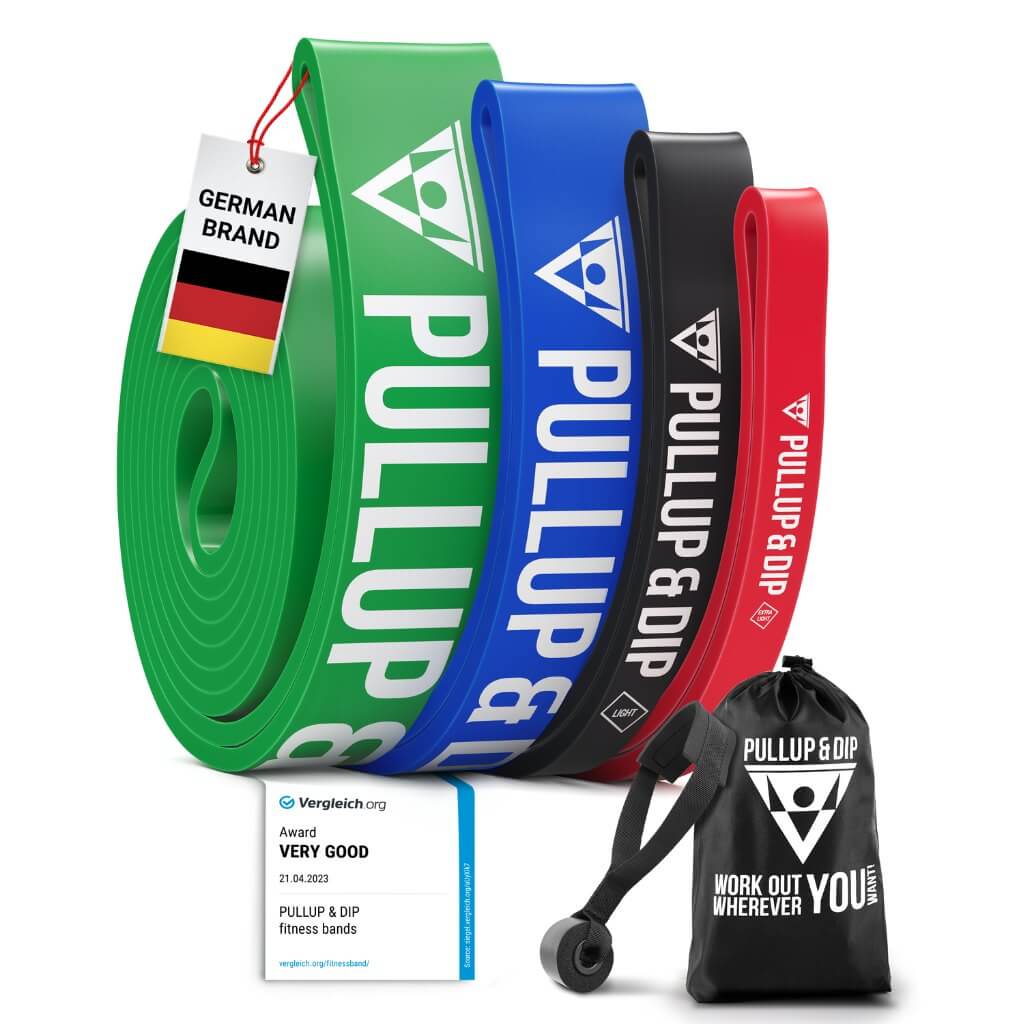
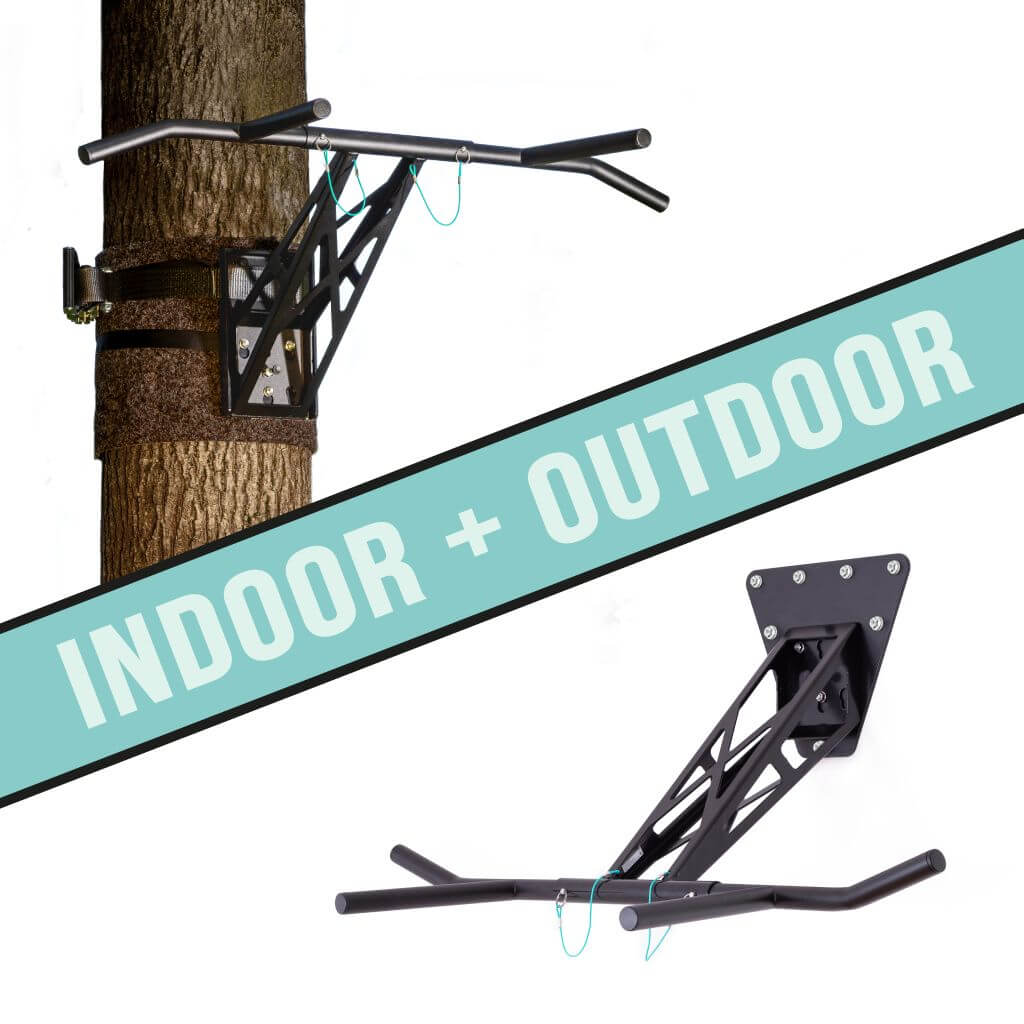
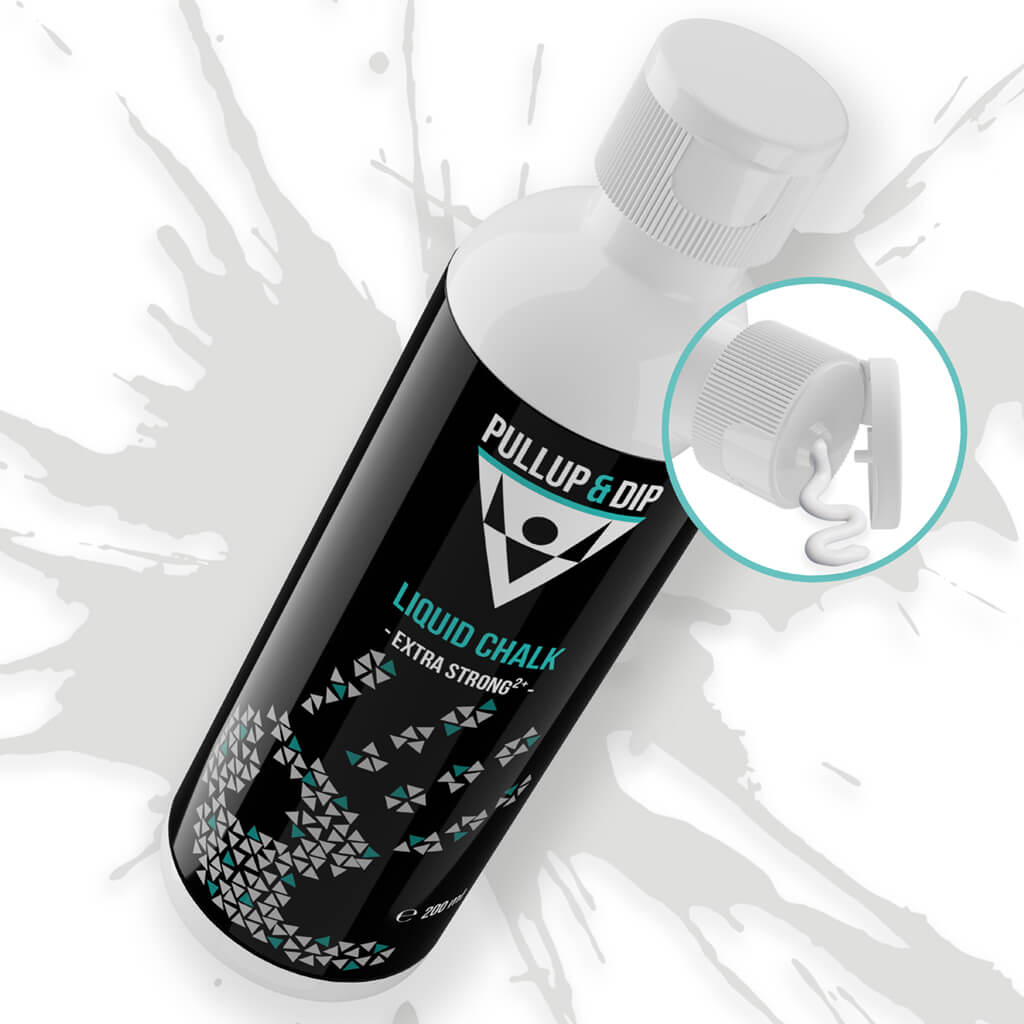
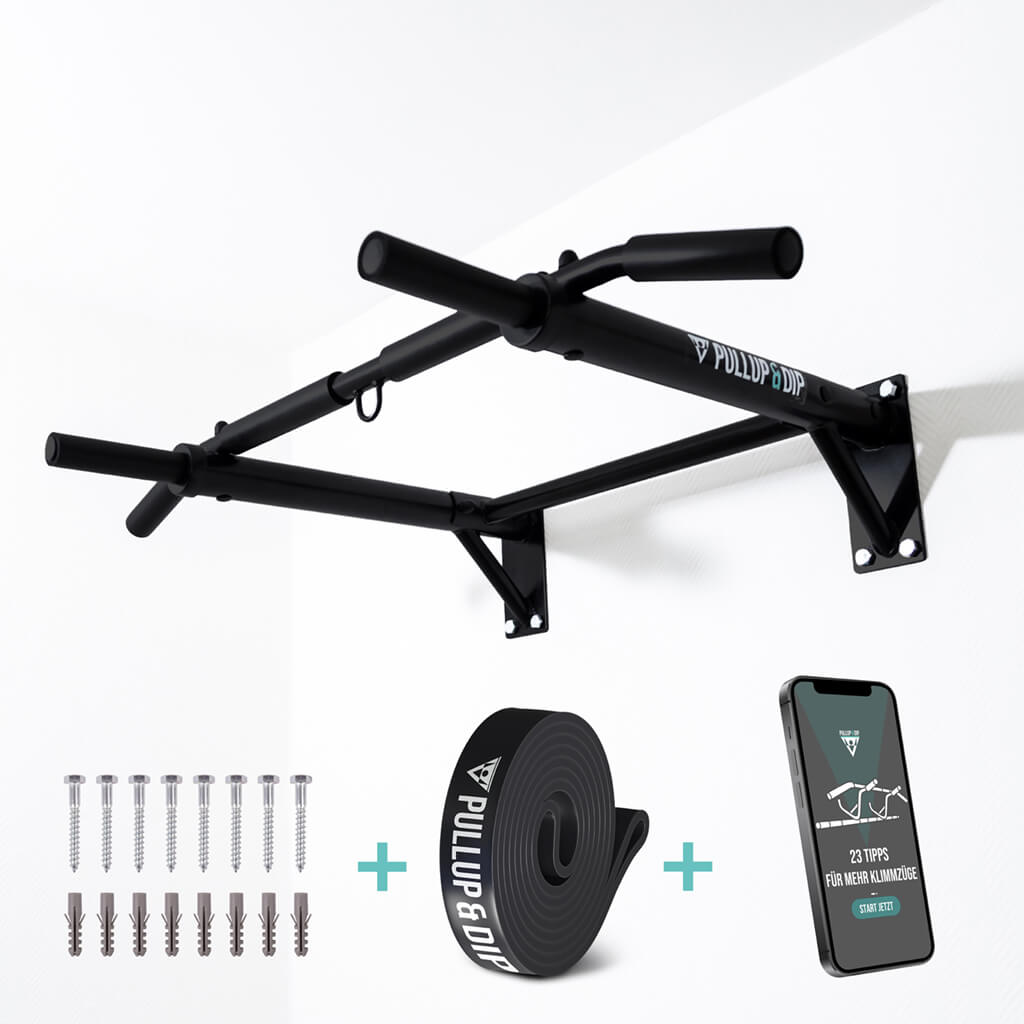
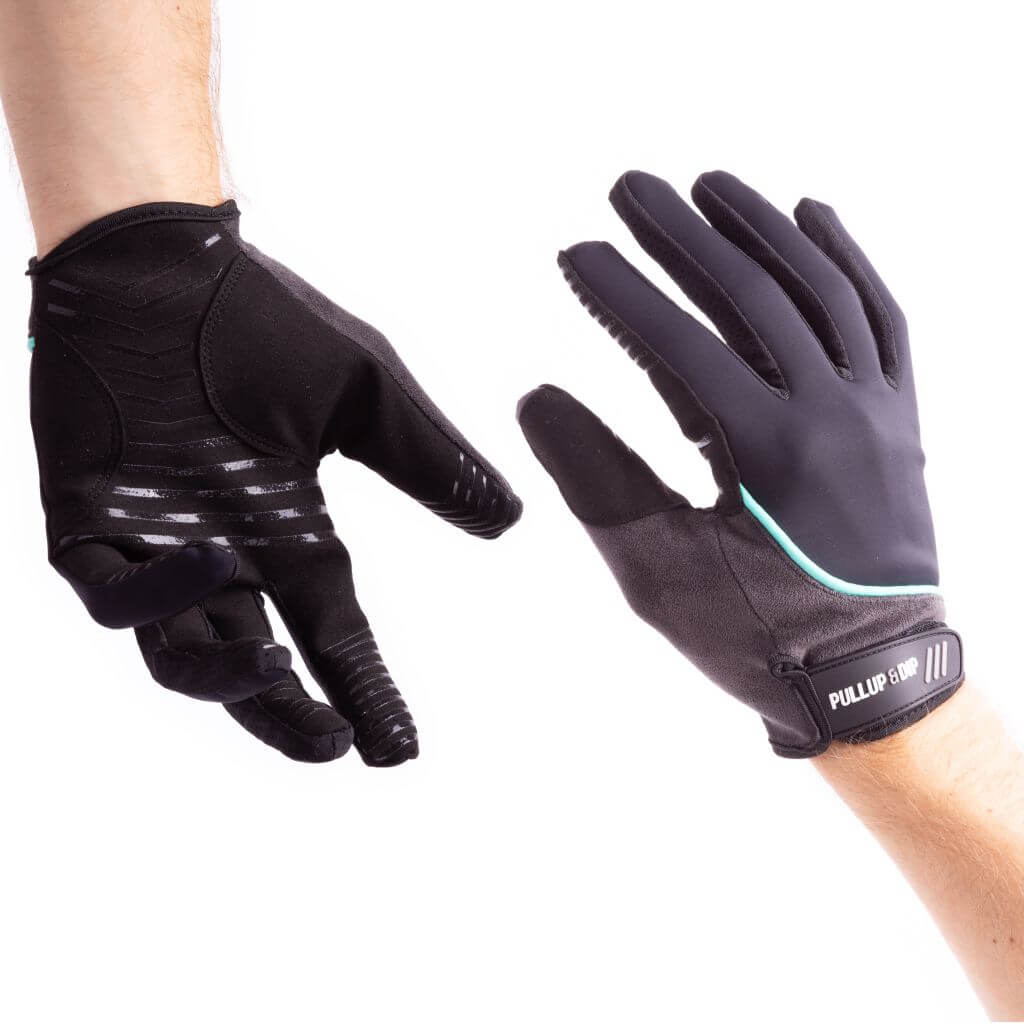
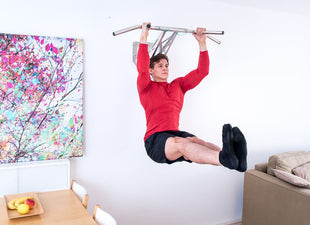
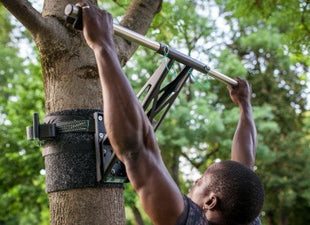
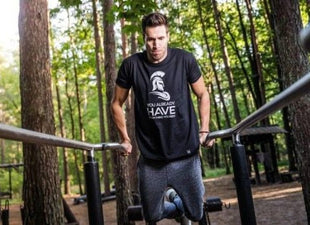
Leave a comment
All comments are moderated before being published.
This site is protected by hCaptcha and the hCaptcha Privacy Policy and Terms of Service apply.